It’s not a safari in Africa if you don’t admire immense spaces, spectacular sunsets and unique animals. It’s not a safari unless you’re in the heart of the Serengeti National Park in northern Tanzania. You have seen it dozens of times in documentaries on TV, now experiencing it in person is a privilege you will never forget. The ultimate safari! Before leaving, however, it is good to know everything you need to be prepared for so much beauty. Introducing the unique Serengeti adventure!
History of the Serengeti
The Serengeti National Park was born from a 19th-century colonial hunting reserve, made official in 1929. Before that, this region had been a hunting region of many nomadic tribes, who chased animals for their survival.
The colonial hunting reserve became a protected park in 1951. From that moment on, the beautiful animals used as targets became the absolute protagonists. A few years later, tourism rediscovered the beauty of African itineraries, and the safaris – organized trips to nature – became the park’s main activity.
The park extends for 14,763 square km, borders on another large protected area, the Masai Mara, and consists mainly in savannah territories and a few forests. Typical of the area are animals such as the giraffes, the zebras and the lions. However, all the typical African animals are present.
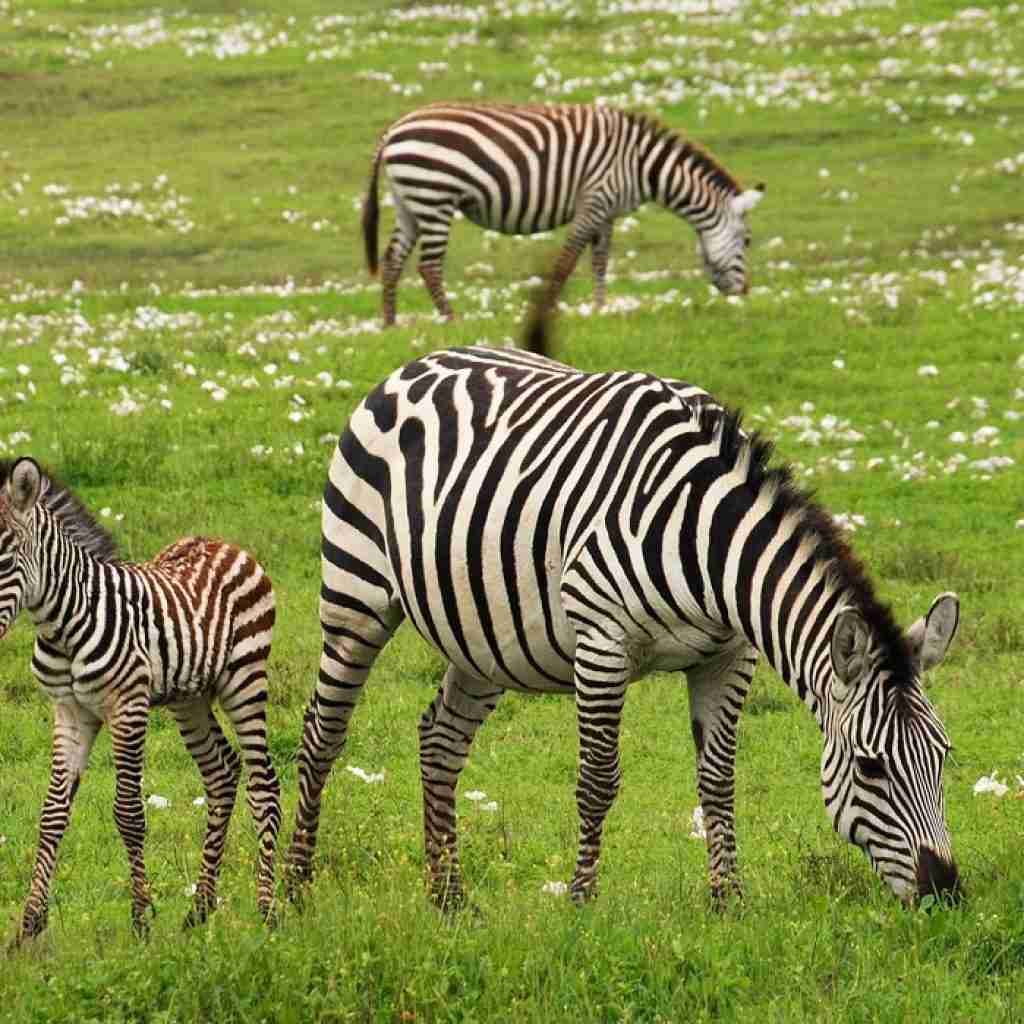 What to see at the Serengeti
What to see at the Serengeti
The Serengeti safari is based almost exclusively on the observation of animals, even if the views and landscapes are worth just as much attention. Here you can meet the so-called “big five”, or the five pillars of African fauna: elephant, lion, leopard, rhinoceros and buffalo. To these are added giraffes, zebras, cheetahs, wildebeests, the ever-present gazelles, hyenas and other minor mammals, birds and reptiles.
The park can only be visited with the help of local guides, almost always managed by tour operators. Safaris in the Serengeti are the traditional ones (by jeep or overland vans) but also excursions on foot, at different hours of the day, depending on the animals you want to observe. It is possible to stay overnight in the protected area.
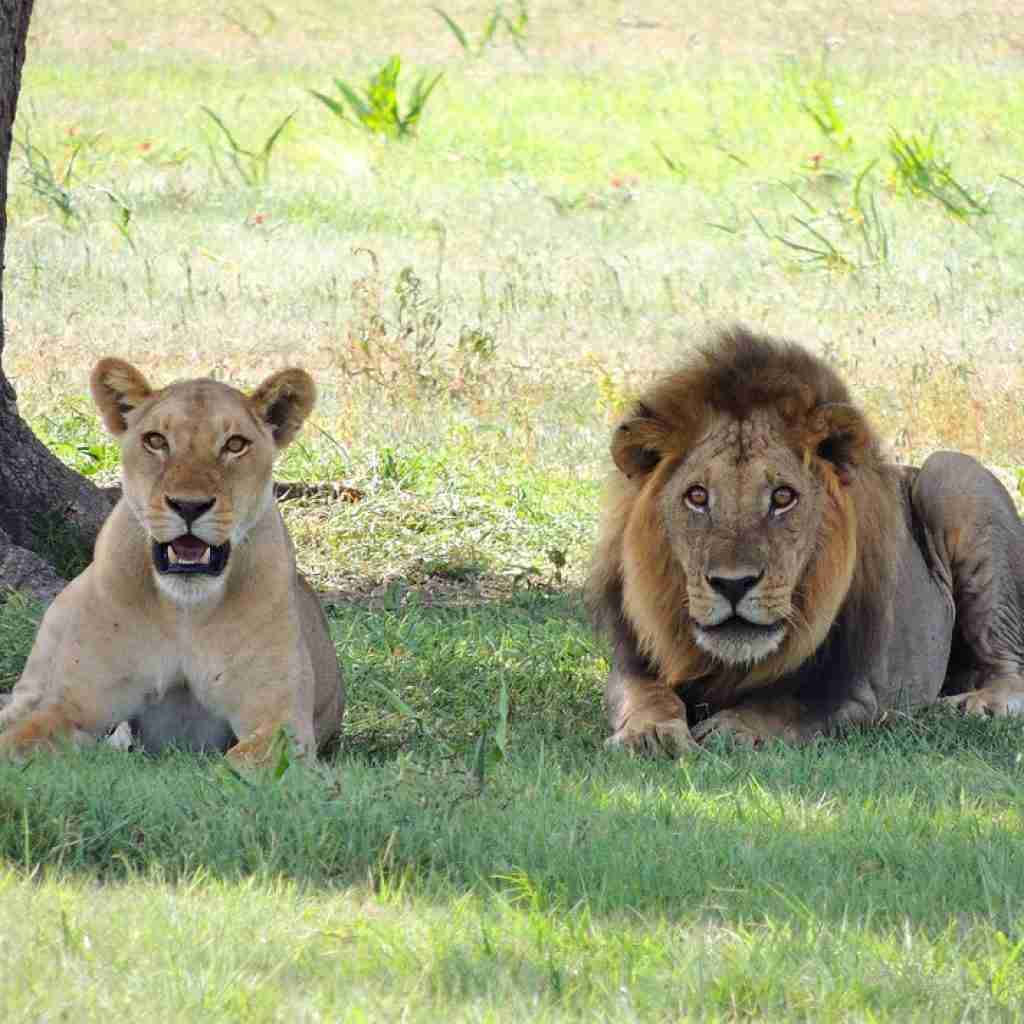 A safari in the Serengeti
A safari in the Serengeti
Safaris in the great Serengeti park can vary depending on the time of year and the animals that pass through these territories.
Between January and April you can admire the big felines as they take care of the newborns while the herbivores populate the Ngorongoro plateaus. Between May and July, after the heavy rains, many animals gather in the central part of the park to drink. From July to September you can follow the herds north and it is the best time to meet crocodiles in the bodies of water. In autumn the herds return south following new itineraries.
On average, a safari in the Serengeti costs between 1000 and 3000 Euros. In order to prepare for the trip, you must never forget: hats, sunscreen, sunglasses, photographic devices with their recharge and reserve cards, insect repellents, first aid kit. Always wear light or neutral coloured clothes, possibly in natural fibers, shawls or veils to protect you from the cold and insects, high and tightly closed shoes, windbreakers and raincoats to face sudden rains. Make sure you always have approved health insurance and vaccinations already done.
In the surroundings or inside the national park you can book your stay at: Namiri Plains, Dunia Camp, Singita Mara River Camp, Olakira Camp, Nomad Serengeti Safari Camp, Taasa, Mwiba Lodge, Sabora Camp. (THE MAIN PHOTO ON TOP IS BY Nato Pereira Pixabay)
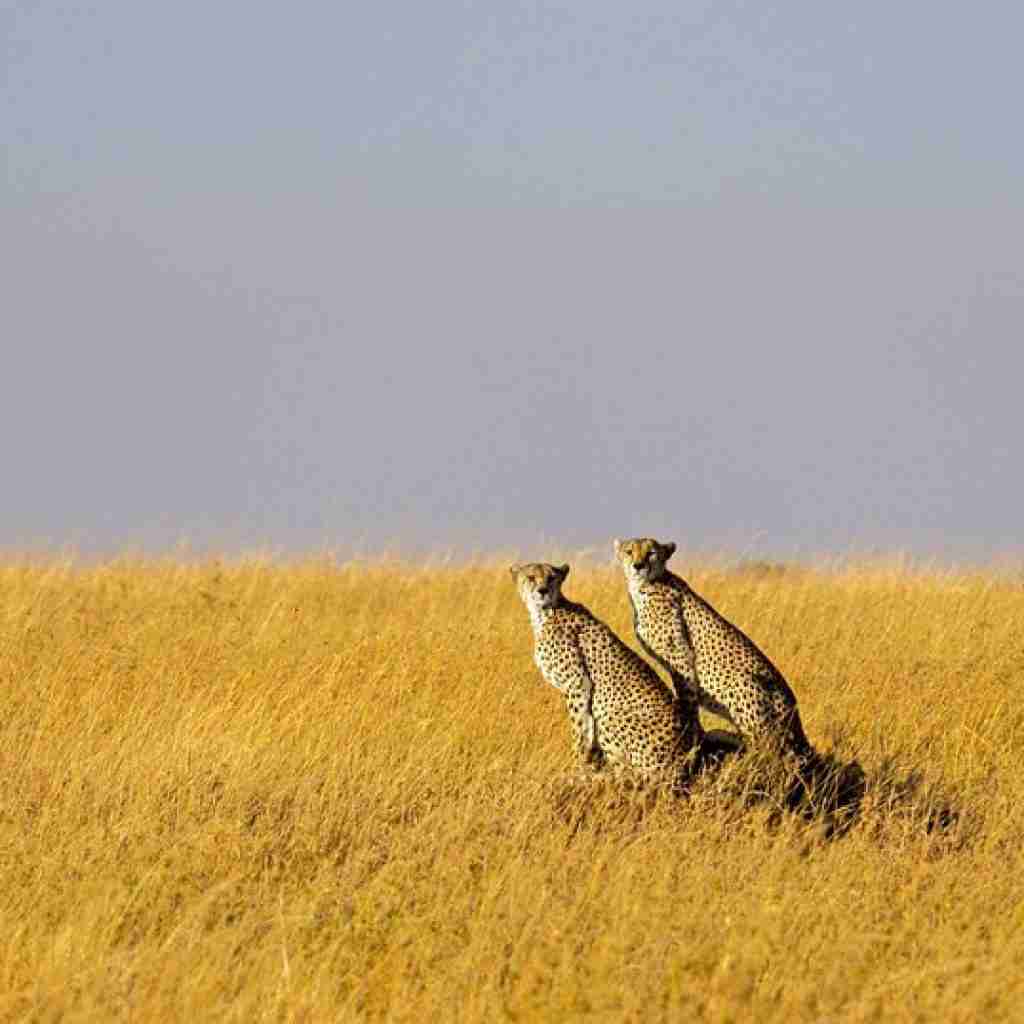
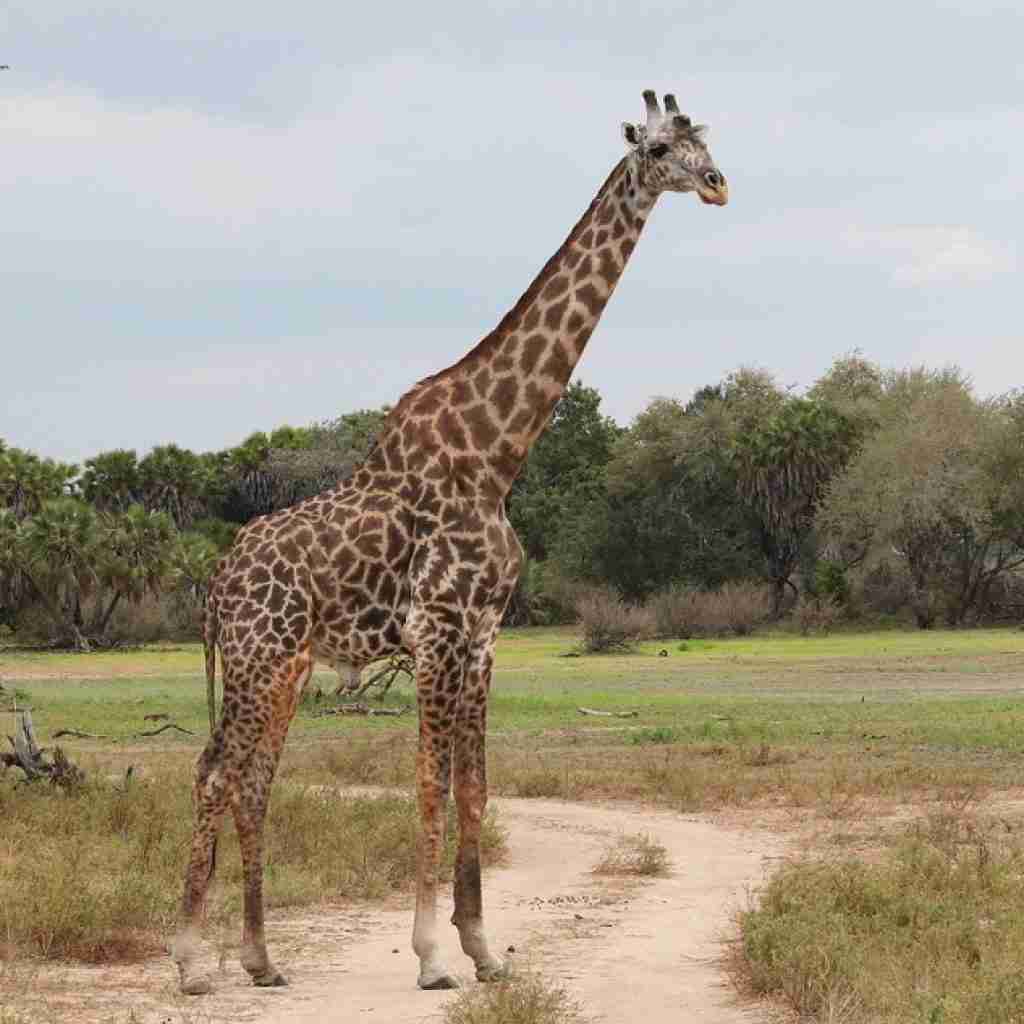

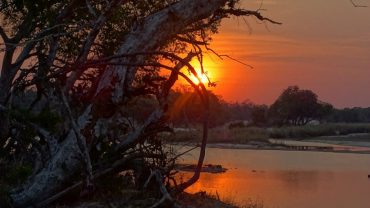

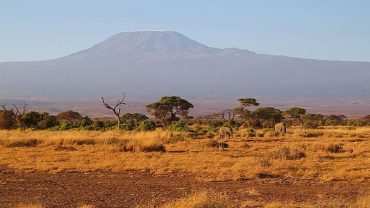
Comment (0)